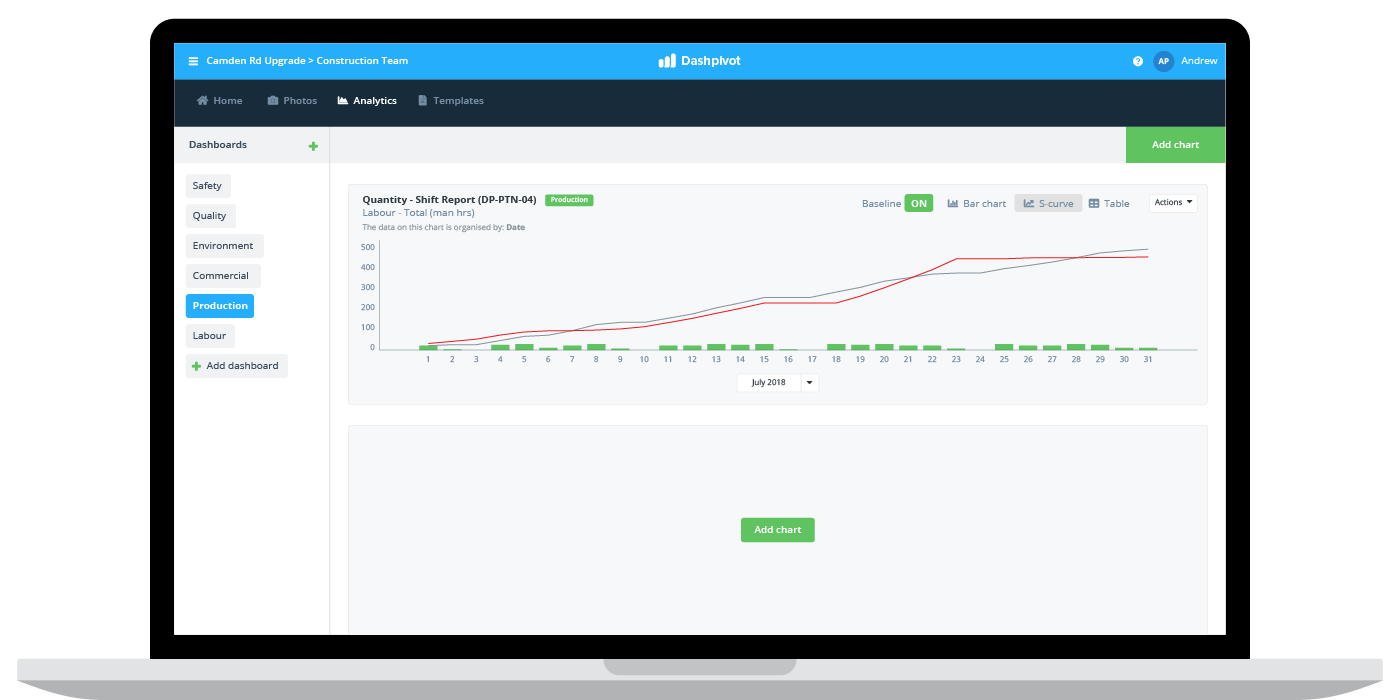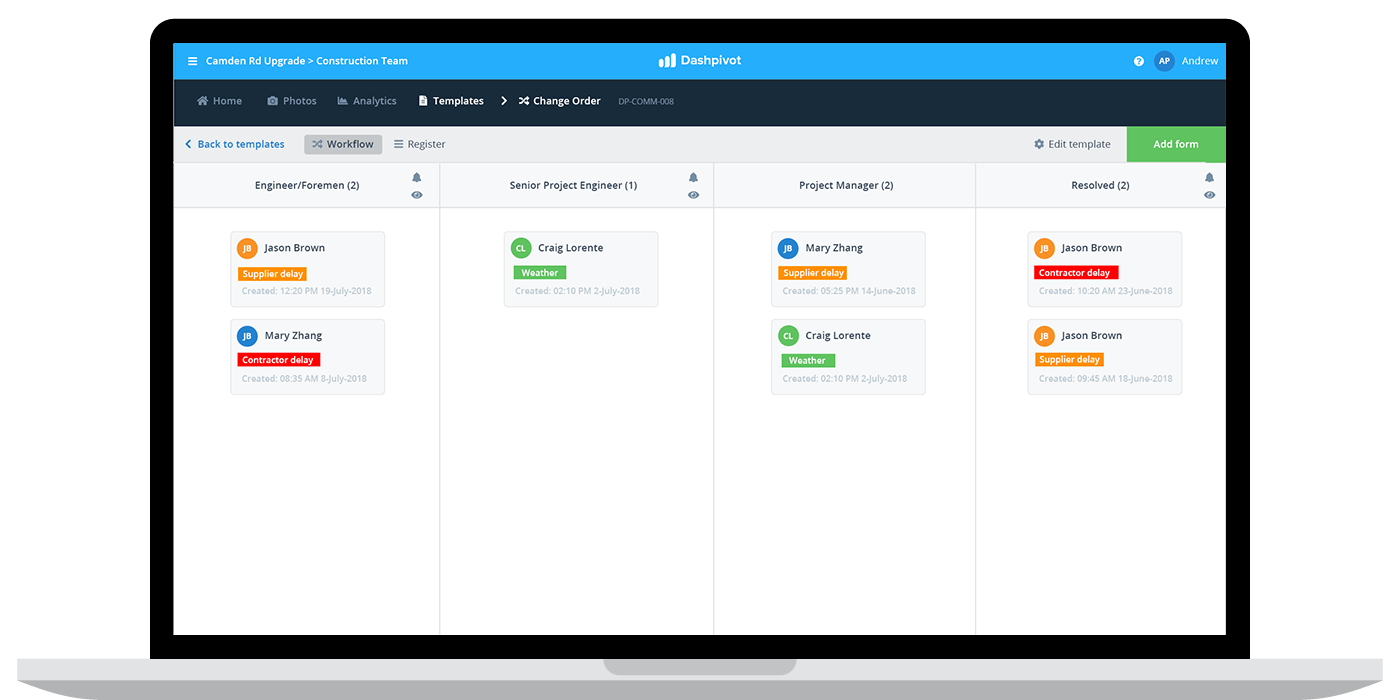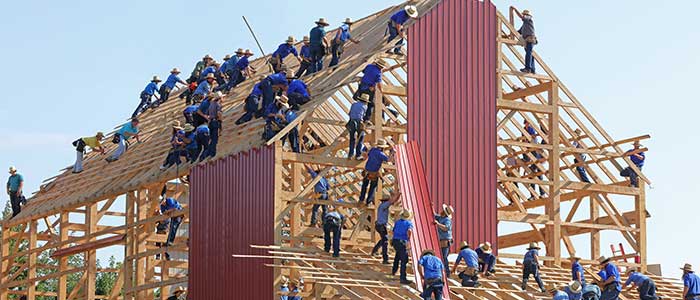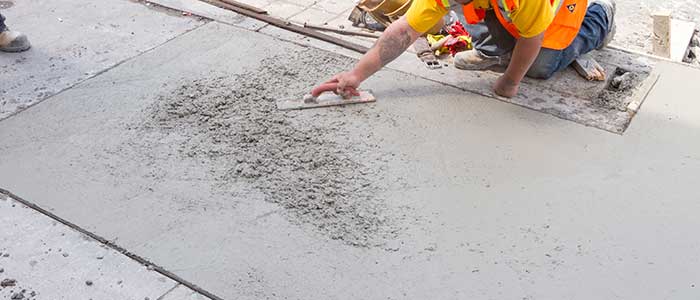Finance – Construction cash flow

Construction cash flow: All about cash flow in construction
What is construction cash flow?
Cash flow is something which is important to all business. Cash flow for most companies refers to the movement of money into the business (income), and the movement of money out of the business (expenditure) over time.
When the company is receiving more money than they are expending, the company is said to have a positive cash flow, while when expenditures are greater than income, the company has negative cash flow.
While there is some nuance in what is good or bad when it comes to cash flow, in the long run, a positive cash flow is a necessary part of building a solvent business. Bleeding cash for long periods of time or not receiving large payments when they were expected are the reason for companies failing.
Rather obviously but also profoundly stated:
The only reason that a company fails is because they run out of money.
Sometimes companies fail because they have a product problem or poor business, but other times it's simply because of poor cash flow management.
Cash flow in construction is slightly different to cash flow in many industries, in that construction cash flow typically refers to the analysis of when costs will be incurred and how much those costs will be over the course of a project.
For companies running construction projects, understanding cash flow is is critical to ensuring the right level of funding is in place to deliver the whole project or phase of work.
Construction cash flow problems
Cash flow in construction is the same as cash flow in most industries in that there are many problems with poor cash flow, and many reasons for poor cash flow.
The main problem which arises from poor cash flow is an insolvent business which can't afford to keep the lights on. Slightly less damning construction cash flows result in an inability to pay employees or suppliers which can create it's own serious set of problems.
In terms of what causes construction cash flow problems, it differs across different construction companies.
Contractors
Contractors can have a really hard time with construction cash flow because their outlays can be huge. Contractors need enough money coming in to pay suppliers and subcontractors for the day-to-day running of the project.
Contractors must also bid on or get an invitation to tender for projects when they aren't sure of the cash flows on a construction project.
Only when the main contractor is appointed is there a concrete payment and cash flow schedule agreed with the client. From here, the contractor can try to align their own operations with this schedule.
In addition, contractors are also largely responsible for keeping the project on time and on budget, so they simply can't 'afford' to not pay a subcontractor or delay their works going ahead. There is a lot of pressure on contractor cash flow.
Subcontractors
Subcontractors often get the shortest end of the stick when it comes to cash flows in construction.
Subcontractors are almost always seeking work from contractors, so they don't have a lot of bargaining or negotiation power when it comes to cash flow. They are looking to work with and appease the contractor who can give them a bunch of future work.
Many subcontractors (and other construction parties) struggle with their construction cash flows. Studies have found that 84% of construction companies report to have cash flow problems.
Many of these parties are of course subcontractors, with many of them reporting that they don't get paid once the project is completed, which is obviously terrible for cash flows. This means the subcontractor or other party is incurring all of their costs and outlays at the beginning of and during the project while they only receive the cash inflows once the work is complete.
This means they are running a negative cash flow, and if they are running multiple projects at the same time, they could be running multiple negative cash flows simultaneously - which drastically increases the businesses risk.
Suppliers
Cash flow in construction can also be very problematic for suppliers. As with most suppliers and manufacturers, the supply chain features many payment and cash flow bottlenecks.
These payment term issues whereby a supplier doesn't get paid until 100 days after delivery or similar can lead to supplier insolvency, which can then trickle onto contractors and subcontractors who have paid for materials which can't be fulfilled.
Not to mention the impact that a late or non-delivery of goods and materials can have on a project in terms of time and costs.
Ensuring that the supply chain is as cash flow positive as possible is the responsibility of all parties in the construction value chain.
There are some very real and plaguing construction cash flow problems in construction. Many, many companies report late payments and most of these companies don't penalise late payments. This results in more and more late payments and negative cash flows, and the cycle continues.
Construction cash flow analysis
There has been a lot of time and effort spent on construction cash flow analysis, both from a company and project management perspective, as well as an academic and research standpoint.
The construction industry and related heavy industries are very important to the economy and to all of our critical infrastructure, so people have spent a lot of time trying to depict construction cash flows and do accurate construction cash flow analysis.
From a project management standpoint, there are many different types of construction cash flow analyses and strategies for better predicting and projecting cash flows.
One of the well understood aspects of construction cash flow analysis is the construction S-curve.
The S-curve is an important and reliable predictor of almost all construction projects and plays a crucial role in cash flow - especially for contractors and subcontractors.
What the S-curve explains is that at the beginning of a construction project, there is an initial outlay for enabling works, and then the majority of expenses are incurred through the middle period of the project when everything is happening, and then expenses trail off towards the end of the project as most of the work is complete and loose ends and defects are tied up.
The trajectory of this 'normal' progress takes the form of an S - hence the S-curve.
This known flow of projects impacts cash flow in construction because the company needs to plan for that initial outlay, the rise in costs during the middle period, and then the tapering off of work. Depending on what payment terms and schedule was agreed to can have a large impact on cash flows during the project and how that will impact the contractors or subcontractors ability to pay their bills.
Some companies use excel for doing these project projections and forecasts throughout project delivery, while others rely more closely on softwares and systems to track costs and other important financial info in real-time.

Learn more about this financial management system.
Tips for improving cash flow in construction
As we have already mentioned, there are some major underlying and plaguing cash flow issues in the construction industry. Eliminating or improving many of these issues will take a more holistic effort on the behalf of all companies in the industries, and will likely take some time to evolve.
Even so, there are a bunch of specific things which each construction company can do and implement to impact their own cash flows on construction projects.
And if every company does their bit and makes incremental improvements, then the whole industry will benefit, less companies will go bankrupt, and more and more construction projects will get delivered and be more reliable.
Some broadly applicable construction cash flow tips which can help almost any construction company include:
Project your cash flows
Not all companies have the same financial and human resources, so doing detailed financial and project management analysis isn't always easy or possible. Many smaller scale construction companies spend their time doing construction and delivering projects first and foremost. While this is understandable, every construction company should be projecting their cash flows and having a good and detailed understanding of these numbers.
Without some basic cash flow projections, no matter how good the company is at 'construction', it may find itself out of money and in the red. Making an effort to do proper construction cash flows and spend time on these financial metrics is the best first step towards keeping your ducks in a row.
Shop for best prices, and make sure those vendors are used
One of the quickest and easiest ways to lose money and move towards negative cash flows is to overspend, and one of the biggest outlays for all construction companies is through their suppliers and other vendors.
Most contractors and subcontractors work hard to negotiate good and fair prices with suppliers and vendors, and this is a great way to ensure you are getting the 'best deal', which can have a massive impact on cash flows on construction projects.
On top of this, creating some document and information governance around the way in which people request and buy goods and services can eliminate people ordering from non-approved and more expensive vendors.
This can be quite easily achieved today by using systems and softwares to create constraints around purchase requests and other important construction workflows.
Process change orders and variations quickly
One of the hardest parts of construction cash flow is that projects don't always go to plan.
Even if you conduct 'perfect' pre-project cash flow analysis, variations and change orders can quickly shift your plans and cash flows.
The best way to processes change orders and variations quickly is to use change order software. These softwares enable you to streamline and automate how change orders get documented and moved between parties so that they move quickly and accurately - and eliminate silly disputes.

Track what's happening on projects
One of the best ways to avoid unexpected negative cash flows or cash flow woes on your construction projects is to better track what's actually happening during project delivery.
Most companies find it relatively to create projections at the beginning of a project, because there aren't many moving parts. But once a project begins and people start performing work, it's easy for your construction cash flows to change and get out of control quickly.
Being able to capture, organise and track everything which is happening on your projects enables you to stay on top of labour, supplies and other inputs, and more accurately track cost performance using methods like earned value management.
Review and improve your systems
The common theme running throughout many of these tips is that you can improve your cash flows on construction projects by improving the processes behind the movements of cash - both inflows and outflows.
For most companies today, the quickest, easiest and best way to streamline and improve your processes and procedures is to make them digital.
There are great systems available for construction companies today which dramatically improve their ability to manage information and track what's happening. This might be accounting tools, project forecasting tools, scheduling tools or project delivery tools.
Reviewing and improving your systems should be a top priority in improving and controlling your construction cash flow - and managing those cash flows is at the very top of your priority list.

